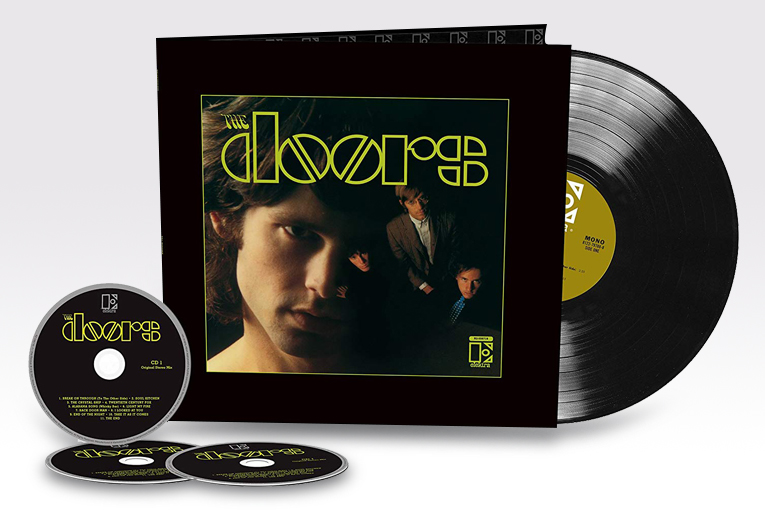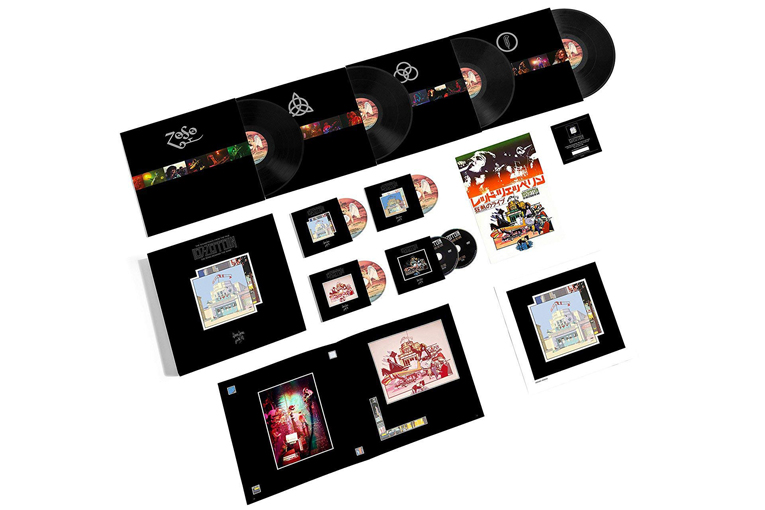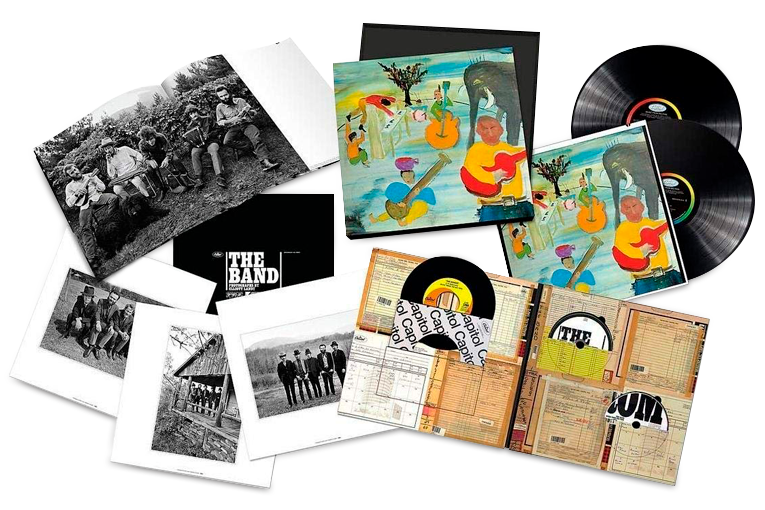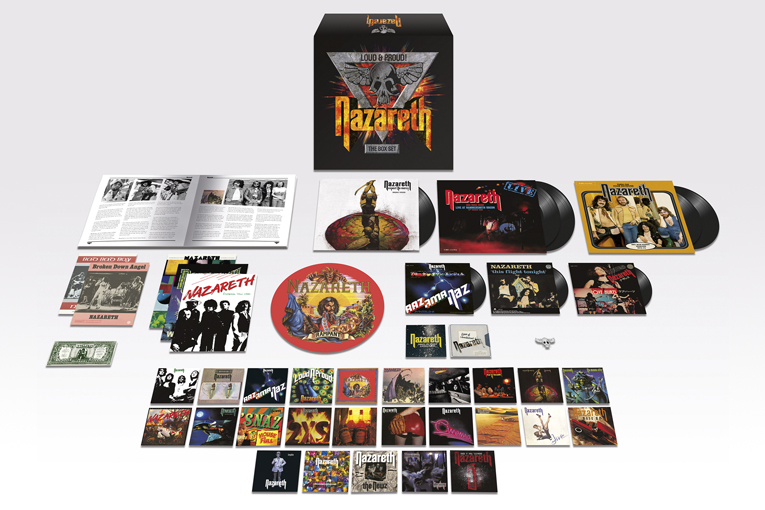 After hi-fi became populist in the 1960s, thanks to Japanese imports bringing down the prices of hi-fi separates, an unfortunate “disconnect” manifested itself. It was the creation of a chasm between the two elements of music playback that should never have exhibited anything other than total cooperation. I am referring to the massive gap between the major music labels and the high-end audio community, the latter consisting of both audiophiles and manufacturers.
After hi-fi became populist in the 1960s, thanks to Japanese imports bringing down the prices of hi-fi separates, an unfortunate “disconnect” manifested itself. It was the creation of a chasm between the two elements of music playback that should never have exhibited anything other than total cooperation. I am referring to the massive gap between the major music labels and the high-end audio community, the latter consisting of both audiophiles and manufacturers.
Think about it: in the 1950s, the era before hi-fi became genuinely egalitarian, products to play back the then-new stereo recordings on tape or LP -- from the likes of Quad, McIntosh, Scott, Fisher, Janszen, Marantz, Leak, Klipsch, et al. -- were owned primarily by professionals, i.e., lawyers and doctors. Prices -- then as now -- precluded ownership by normal wage earners.

What was fed to them was worthy of the systems: the record labels oozed high-end consciousness, exhibited most assuredly through superb-sounding pre-recorded open-reel tapes, clearly aimed at the well-heeled enthusiast. The LPs of the day were thick, flat, and protected by heavy sleeves. As one can imagine, the only genres the majors took seriously were classical, adult popular music, and jazz.
If you don’t believe me, look at how long it took RCA, Capitol, and Columbia to add rock artists to their catalogues in any force. Aside from RCA’s stellar recordings of Elvis Presley, Monument’s Roy Orbison releases, and precious few others, most rock was thought of as a singles format, and recording quality was not a priority as it was with Tony Bennett or Count Basie, soundtracks or Broadway scores. Then there came the perfect storm, without warning.
Rock grew serious with the ascent of the Beatles. It’s that simple. The spread of hi-fi ran concurrently, with the ascent of Acoustic Research (better known simply as AR), then KLH and the arrival in the West of affordable gear from Sansui, Yamaha, and Trio/Kenwood. Also concurrent was the birth of college campus FM radio, abetted by the presence of half-decent hi-fi systems with FM-capable receivers in a multitude of dorm rooms. But this had an unexpected consequence.
Instead of the big labels upping their game, they seem to have abandoned the notion of sound quality as a major factor. Why bother? They saw record sales by jazz and classical artists slaughtered in both value and units by even C-list rock acts. Hell, a superstar like Elton John alone probably sold more than all the jazz and classical releases combined during his peak years.
As synecdoche for the plummeting respect for the customer, there is no better way to convey the disdain than RCA’s ultra-thin “Dynaflex” LPs. There are few more graphic examples of contempt for the customer in the history of recorded music, though 8-track tapes and the reviled, psychotically flawed CD jewel box give Dynaflex* a run for its money.
History has a way of forming neat segues, or elements that allow chroniclers to attempt some sense of order, as well as cause and effect. In this instance, the descent of the major labels, as far as quality was concerned, sired the birth of the audiophile labels to satisfy the demand for quality, however limited.
[Note: Aged readers will know that such labels were nothing new, because Audio Fidelity, Command, and others pioneered topflight sonics in the 1950s. They were both responding to and helping to fuel the hi-fi craze.]
As the proof is in the listening, I point you to albums from the majors pressed in the mid-1970s onward. They’re dire compared to the LPs of Mobile Fidelity, Nautilus, and others of the same period, labels that struck on something so obvious one can only marvel at the stupidity and cupidity of the majors: supplying high-quality alternatives to stock LPs will sell. Just compare a Linda Ronstadt standard pressing with MoFi’s, or a normal Who LP with one from Classic.
All of this prompted a question, as I pondered the glut of over-the-top commemorative box sets hitting the stores, issued to mark the 50th anniversaries of the greatest years in rock music: 1966, 1967, and 1968. I wanted to know who was buying these multi-disc remasterings from the Doors, Jethro Tull, the Band, Love, the Beau Brummels, and others, with bonus material and, yes, audiophile formats.

These wholly exploitative box sets come from the majors, and yet they include such “high end” goodies as Blu-ray Audio discs, updates of the 1970s “quad” mixes playable on modern, discrete multichannel systems or 45rpm LPs. I would love to see the look on the face of some non-audiophile purchasing, say, the Doors’ three-CD anniversary edition of the eponymous debut, and wondering why it also contains a mono copy on vinyl.
When asking at whom these costly packages are targeted (aside from gullible, incurable masochists like me, with at least 12 versions of Sticky Fingers), it’s clear that two things must be present to inspire one to hand over a couple of hundred bucks for, say, the latest milking of The Song Remains the Same. The first is a love above the norm for Led Zeppelin, which I surmise indicates a Baby Boomer, or a precocious under-50, or simply a passion for the band regardless of one’s age. The second, though, is ample disposable income.

What I just described, then, is the typical audiophile. He or she will be old enough to remember and possibly love artists getting the 50th anniversary treatment and, ideally, comfortable enough as their pensioner years grow nearer to be able to indulge in the 84th edition of the Band’s Music from Big Pink at around $100.

It then dawned on me . . . could these anniversary boxes herald a return to the days when the majors actually gave a damn? You look at what’s in the box, and you just have to ask: who but an audiophile would care about that set’s “Stereo and 5.1 Surround High Resolution Audio: 96kHz/24bit Blu-ray” disc? A hipster? An art college student without a turntable who buys LPs to hang on the wall? I think not.
We come to what is probably the most ambitious box set I’ve ever seen. Just released, it covers the entire 50-year career of Nazareth, with only minor omissions. The massive 12" x 12" x 3.5" container holds -- I kid thee not -- 32 CDs, “6 Heavyweight 180g vinyl LPs,” three 7" singles, plus a hardback book and memorabilia. Now I don’t know who a “typical” Nazareth fan might be, but the mere inclusion of “6 Heavyweight 180g vinyl LPs” says this isn’t just about quantity.

But there’s a twist: this set retails for less than Led Zep’s latest, which takes a total combination of CDs, LPs, and DVDs tallying 13 discs to offer you the final statement concerning just one album. I guess that in certain quarters, then, the contempt -- like the song -- remains the same.
*Not to be confused with a half-dozen companies or products using the same name, e.g., DynaFlex dental supplies, Dyna-Flex venous compression systems, etc. Though one wonders why they chose as their name that of a failed LP format.
. . . Ken Kessler
kenk@soundstagenetwork.com






















